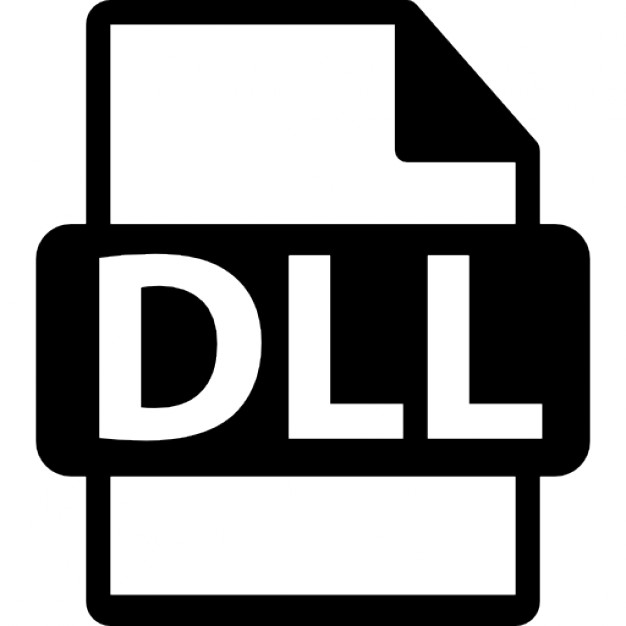Dynamic Link Libraries or DLLs (.dll) are the shared libraries within Microsoft’s Windows operating systems. All Windows DLLs are encoded in the Portable Executable (PE) format, which is the same format as executable (.exe) files. These libraries are loaded into an application at runtime, when the program is executed and remain in their predetermined file location.
A DLL contains functions, classes, variables, UIs and resources (such as icons, images, files, …) that an EXE, or other DLL uses. Each DLL can be dynamically or statically mapped into the application’s memory space so the DLL’s functions are accessible by the application without having to access the DLL on disk. When a DLL is dynamically mapped, the application is loaded by the application when the application is executed.
An important advantage is that dynamically linked libraries can be updated to fix bugs or security problems and the applications that use them can immediately access the fixed code. When the DLL is statically compiled into the application, the functions from the DLL are copied into the application binary. This enables programmers to link libraries while compiling and eliminates the requirement for additional copies of the same libraries or plug-ins.
It is important to point out one specific DLL: Kernel32.dll is a user-mode function that handles input/output, interrupts, and memory management. This DLL is important to point out because many people believe the DLL resides in the kernel—it does not reside in the kernel, although the name may suggest it does; it works with User32.dll in userland.

